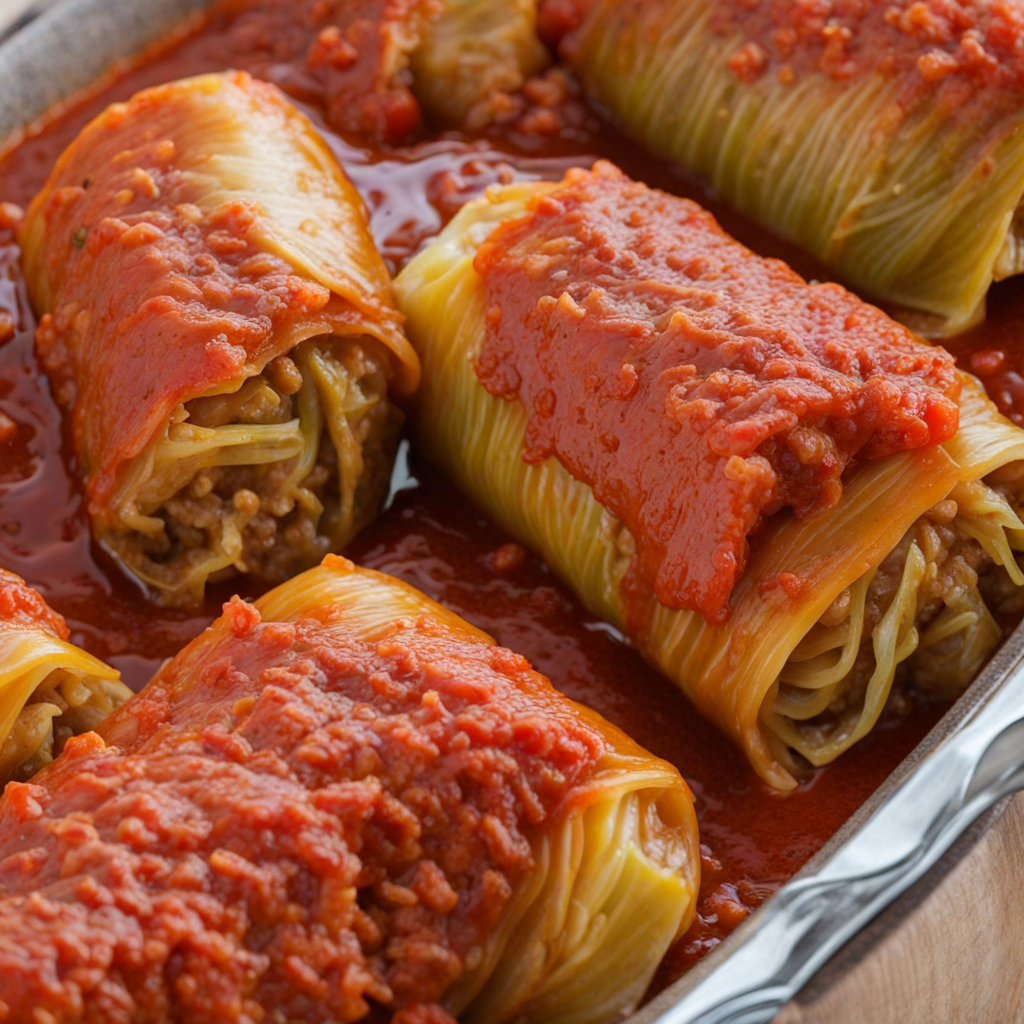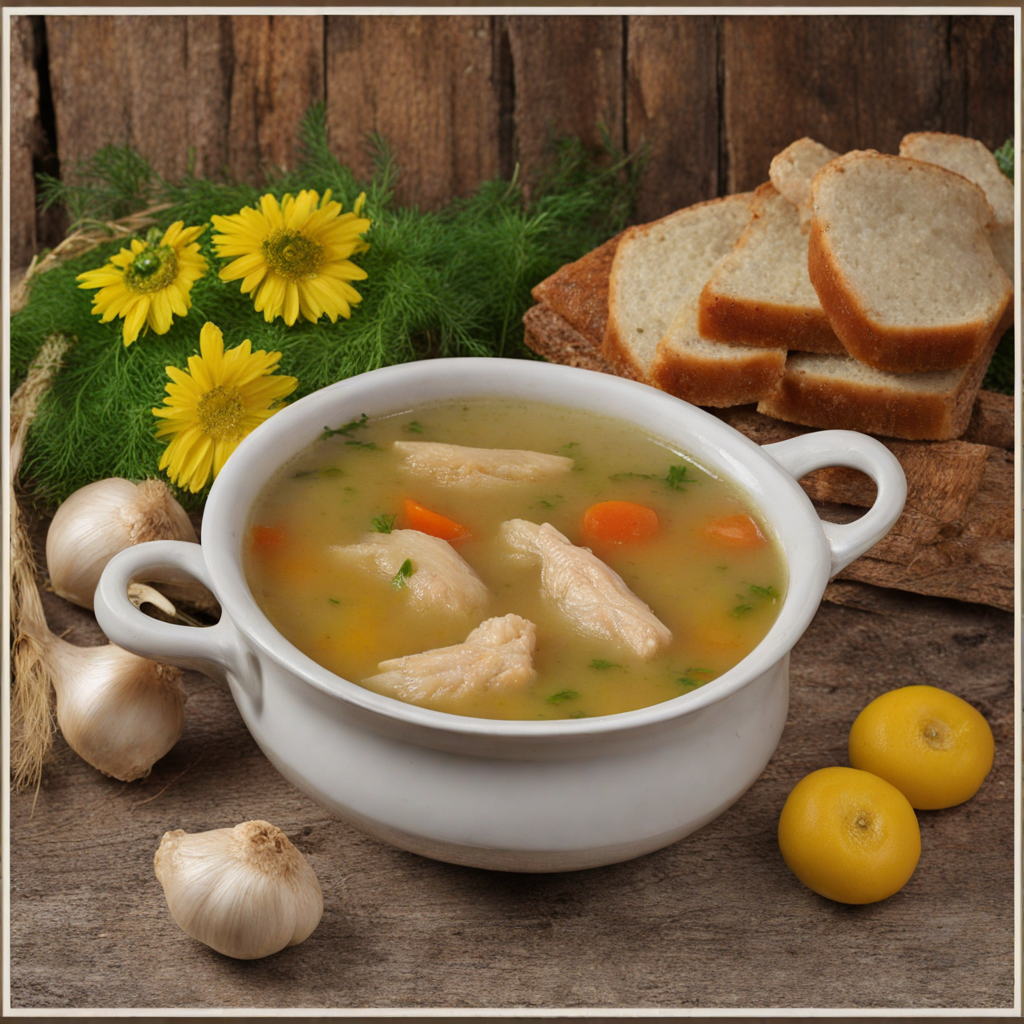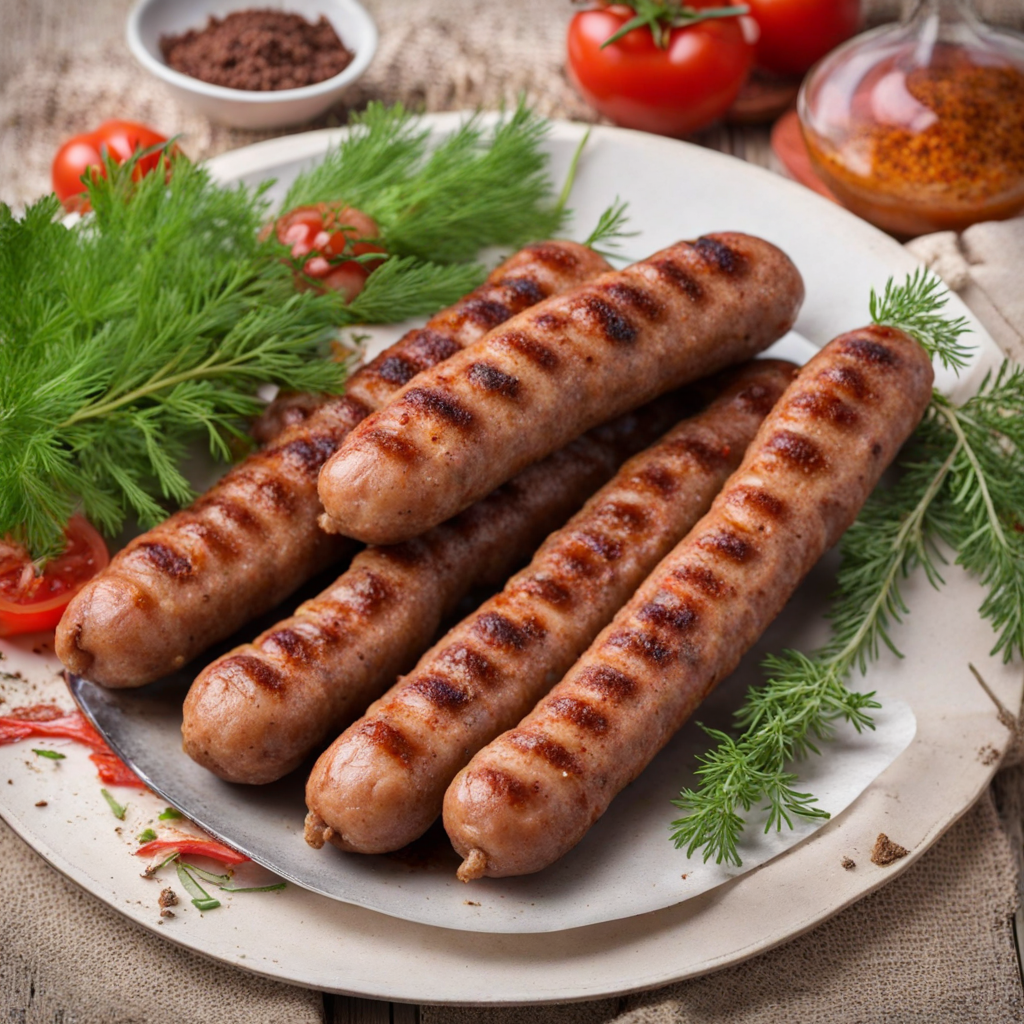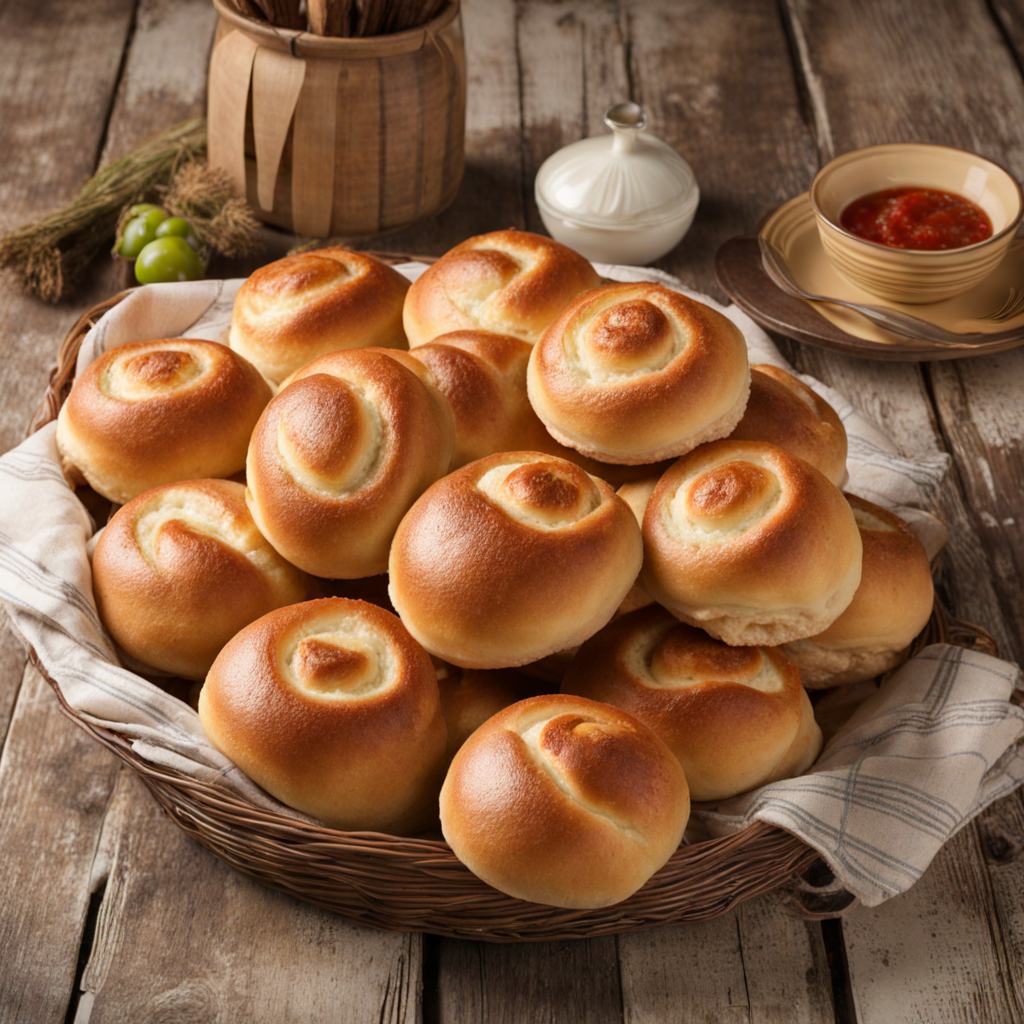Sarmale
Сармале, a traditional dish from Moldova, holds a significant place in the culinary landscape of Eastern Europe, particularly in Moldovan and Romanian cuisine. This savory delicacy consists primarily of minced meat wrapped in fermented grape leaves or cabbage leaves, offering a rich tapestry of flavors and a hearty, comforting profile that has made it a staple in many households. The history of сармале dates back centuries, with influences from various cultures, including the Ottoman Empire, which is credited with introducing the concept of wrapping food in leaves. Over time, the dish has evolved, with each region adding its unique twist. In Moldova, сармале is often associated with festive occasions and family gatherings, symbolizing hospitality and warmth. It is commonly prepared during holidays, weddings, and other significant life events, showcasing the importance of communal dining and sharing. In terms of flavor, сармале is a delightful amalgamation of tastes that reflect the ingredients used in its preparation. The filling typically consists of ground pork, beef, or a combination of both, seasoned with spices such as salt, pepper, dill, and sometimes smoked bacon for added depth. The fermentation of the grape or cabbage leaves imparts a tangy flavor that complements the richness of the meat. Additionally, the dish is often served with a side of sour cream, which adds a creamy texture and balances the savory elements. The long, slow cooking process allows the flavors to meld beautifully, resulting in a dish that is both hearty and satisfying. Preparation of сарм
How It Became This Dish
Sarma: A Culinary Tradition in Moldova #### Origins and Historical Background Sarma, a beloved dish in Moldova, has its roots in the rich tapestry of Eastern European cuisine. This traditional meal consists of minced meat, typically pork or beef, mixed with rice and spices, all wrapped tightly in fermented grape leaves or cabbage leaves. The name "sarma" itself is derived from the Turkish verb "sarmak," meaning "to wrap," a nod to the dish's Ottoman influences that permeated the region during the 15th century. As the Ottoman Empire expanded into the territories of modern-day Moldova, so too did its culinary traditions. The blending of local ingredients with Ottoman cooking techniques led to the emergence of various forms of sarma across the Balkan region. In Moldova, the dish evolved to incorporate locally sourced ingredients and adapted flavors, reflecting the agrarian lifestyle of its people. The use of cabbage leaves became particularly prevalent due to the crop's abundance in the region, especially during the colder months when fresh produce was scarce. #### Ingredients and Preparation The essence of sarma lies in its simple yet robust ingredients. The filling typically consists of ground meat, which may be mixed with onions, garlic, and rice, seasoned with herbs such as dill, thyme, and sometimes even smoked paprika for added depth. The choice of meat can vary depending on family traditions and regional preferences, with some opting for a vegetarian version featuring mushrooms and grains. Wrapping the filling in leaves is an art form in itself. The leaves must be tender enough to fold but strong enough to hold the filling without tearing. In Moldova, the preparation often involves a communal effort, where family members gather to prepare large batches. This activity not only strengthens familial bonds but also serves as a way to pass down culinary knowledge from generation to generation. Once assembled, the sarma is typically simmered slowly in a pot with additional tomato sauce, broth, or even wine, which infuses the dish with rich flavors. This slow cooking method allows the ingredients to meld beautifully, resulting in a comforting, hearty meal that is often served with a dollop of sour cream and crusty bread. #### Cultural Significance Sarma holds a special place in the hearts and homes of Moldovan families. It is more than just a dish; it represents hospitality, family gatherings, and the celebration of life’s milestones. Traditionally, sarma is served on special occasions such as weddings, holidays, and religious celebrations, embodying the spirit of sharing and togetherness. In Moldova, the preparation and consumption of sarma often coincide with national holidays and Christian festivities. For instance, during the Christmas season, it is customary for families to prepare large pots of sarma to share with friends and neighbors, emphasizing the importance of community and generosity. Moreover, sarma is a dish that transcends generations. Many Moldovans have their unique recipes that have been passed down through families, often with slight variations that reflect personal tastes or regional ingredients. This familial connection to the dish fosters a sense of identity and pride, as each family’s sarma recipe tells a story—a testament to their history, culture, and culinary heritage. #### Evolution Over Time As Moldova navigated through various socio-political changes over the centuries, the preparation and consumption of sarma evolved as well. Under Soviet influence, Moldovan cuisine saw the introduction of new ingredients and cooking techniques, which slightly altered traditional practices. However, the essence of sarma remained intact, serving as a culinary anchor amidst the changes. In recent decades, with globalization and increased culinary exchange, sarma has found its way into the broader culinary narrative of Eastern Europe. Chefs and home cooks alike have begun experimenting with new ingredients and fusion flavors, incorporating elements from Mediterranean, Latin American, and even Asian cuisines. This evolution has led to the emergence of innovative interpretations of sarma, such as vegetarian versions that use quinoa or lentils, and even modern presentations that showcase the dish in a more refined manner. Despite these changes, traditional sarma continues to be cherished, particularly in rural areas where time-honored customs are still upheld. In these communities, cooking sarma remains a communal event, echoing the traditions of the past while embracing the present. #### Modern Day Appreciation Today, sarma is celebrated not only in Moldova but also across the Balkans and Eastern Europe, where it has taken on various forms and names. It is often featured in local restaurants and is a staple at food festivals, where chefs showcase their unique takes on this classic dish. The popularity of sarma has also been bolstered by the rise of culinary tourism, with visitors eager to experience authentic Moldovan cuisine. In Moldovan households, sarma continues to be a symbol of love and care, often served during family dinners or gatherings. It is a dish that evokes nostalgia and comfort, reminding people of home and the warmth of family traditions. As younger generations become more engaged in cooking and preserving their culinary heritage, sarma remains a vital part of Moldova’s gastronomic identity. #### Conclusion Sarma is more than just a dish; it is a culinary embodiment of Moldova’s history, culture, and spirit. Its journey from Ottoman influence to a staple of Moldovan cuisine illustrates the resilience and adaptability of food traditions. As families continue to gather around the table to enjoy this hearty meal, the legacy of sarma lives on—a delicious reminder of the importance of community, family, and the rich culinary heritage of Moldova. Whether enjoyed in a rustic family kitchen or a modern café, sarma will always hold a special place in the hearts and palates of those who cherish it.
You may like
Discover local flavors from Moldova







